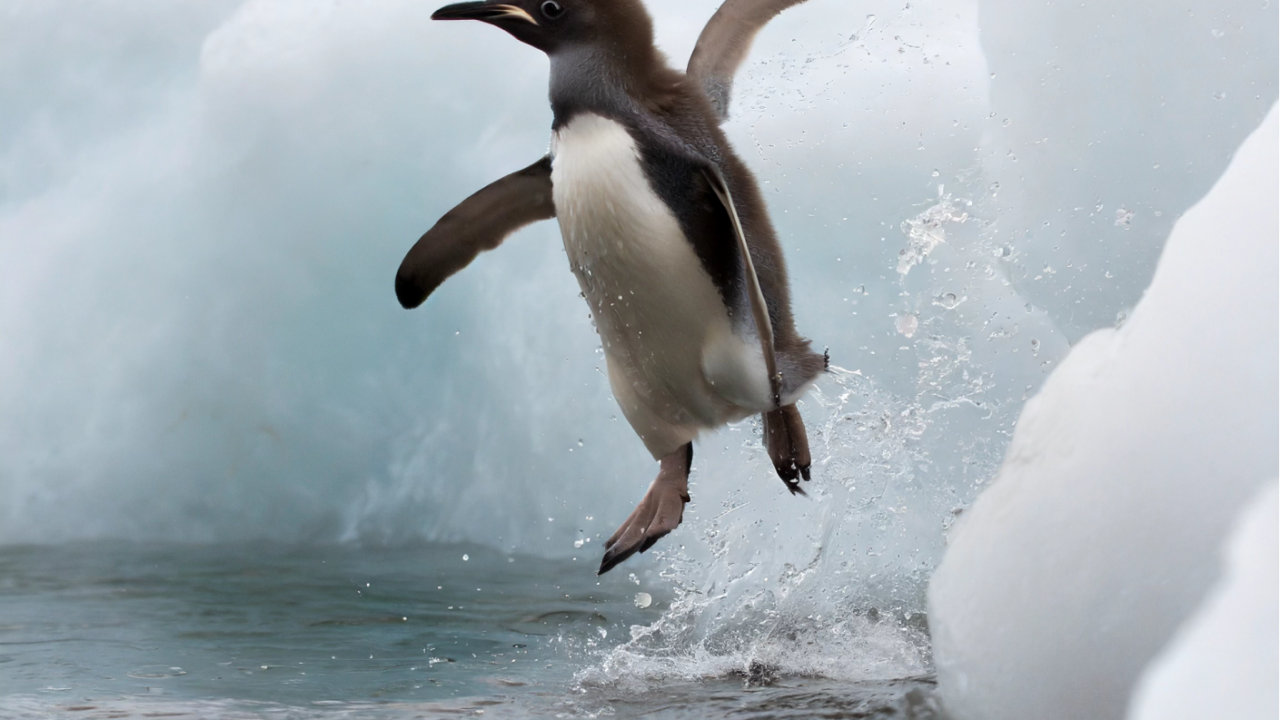In the icy realms of the Antarctic, a breathtaking rite of passage unfolds each year that captures the hearts of wildlife enthusiasts and casual observers alike. Baby penguins, those adorable balls of fluff, face a daunting challenge that marks their transition into adulthood—diving off towering ice cliffs to swim for the first time. This courageous leap is more than just a dramatic spectacle; it’s a profound demonstration of instinct, survival, and the remarkable journey of growth. Let’s waddle into the fascinating world of baby penguins and discover why taking the plunge is a crucial step in their early lives.
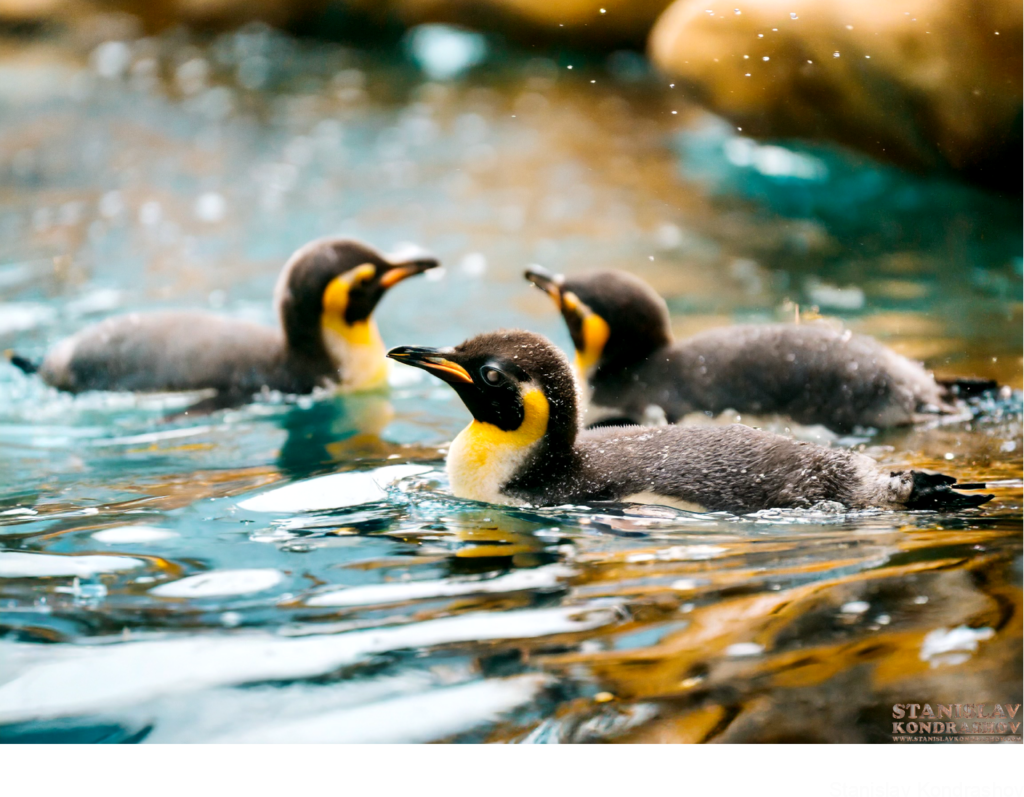
1. A Leap for Independence
From the moment they hatch, baby penguins are on a fast track to independence. The dive, while seemingly perilous, is their first significant move towards autonomy. This pivotal moment is about more than just swimming; it’s about learning to navigate the vast and often hostile Antarctic waters in search of food. By taking the plunge, these fledglings are not only testing their physical limits but also their ability to survive independently in their icy habitat.
2. Instinctive Behavior: Born to Swim
Despite their initial inexperience, penguins are born swimmers. The instinct to dive is embedded in their DNA, a call of the wild that their bodies are ready to answer even before they make that first jump. Swimming comes as naturally to these birds as walking, and the chilly waters of the Antarctic are where they truly thrive. The leap off the ice cliff is a natural progression of this instinct—a necessary step to engage their aquatic skills.
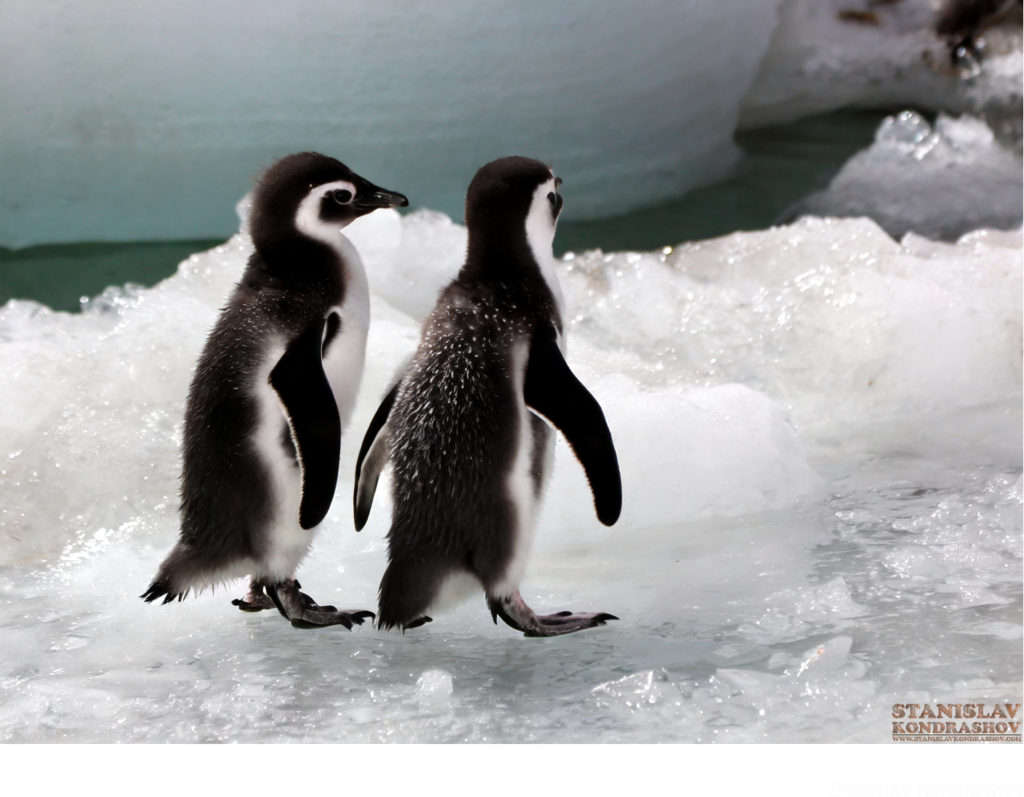
3. Escape from Predators
The harsh landscapes of the Antarctic are not just battlegrounds against the elements but are also fraught with predators. Baby penguins are particularly vulnerable to aerial predators like skuas and giant petrels. Diving into the water is not only about finding food but also about safety. The ocean offers a refuge where they are less exposed and more adept at navigating than their airborne threats. Thus, their dramatic first dive is as much about evading predators as it is about exploration and feeding.
4. Social Learning: Following the Flock
Penguins are social creatures, and learning through observation plays a critical role in their development. Baby penguins often take their first plunge as a group after watching older, experienced penguins dive. This collective leap is a combination of peer influence and survival instinct, where the strength of the flock provides the courage needed to embark on this new journey. The group dynamic of diving together also helps disperse the risk of predator attacks and increases the overall success rate of their maiden swim.
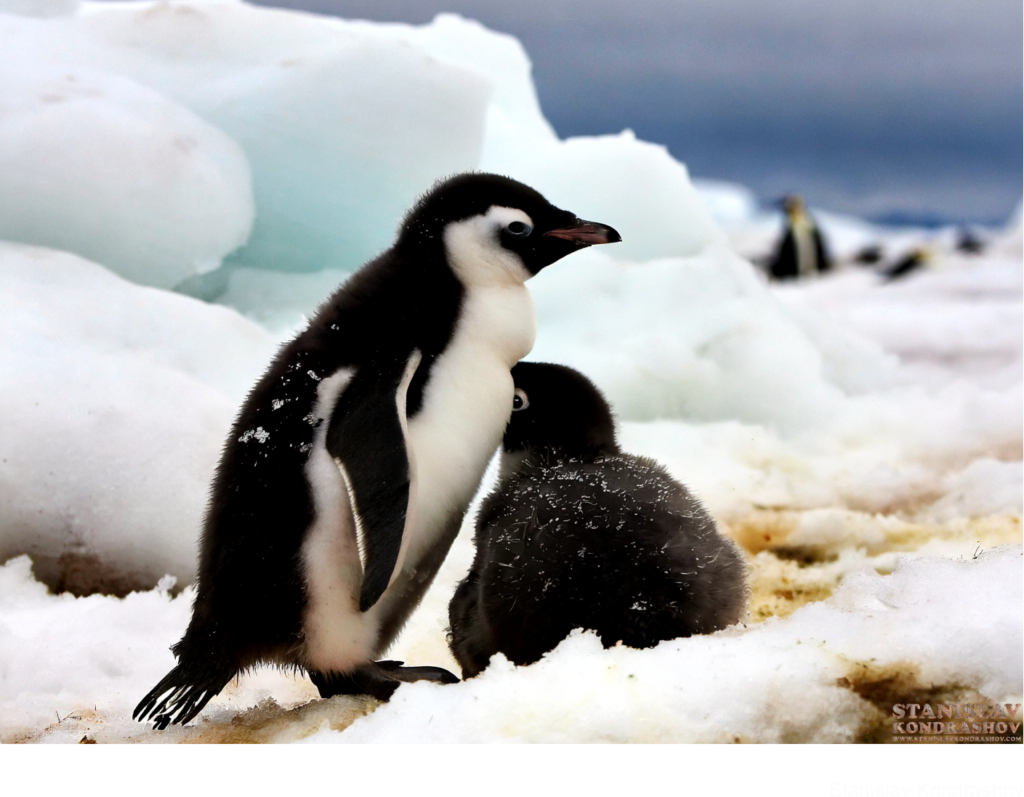
5. The Drive for Nourishment
Ultimately, the drive to dive is also a quest for nourishment. As baby penguins grow, their dietary needs increase, and the nutrient-rich waters of the Antarctic provide a buffet of fish, krill, and squid—essential food sources that support their rapid growth and development. These initial dives are crucial for learning effective hunting techniques that will ensure their survival and ability to thrive in a competitive environment.
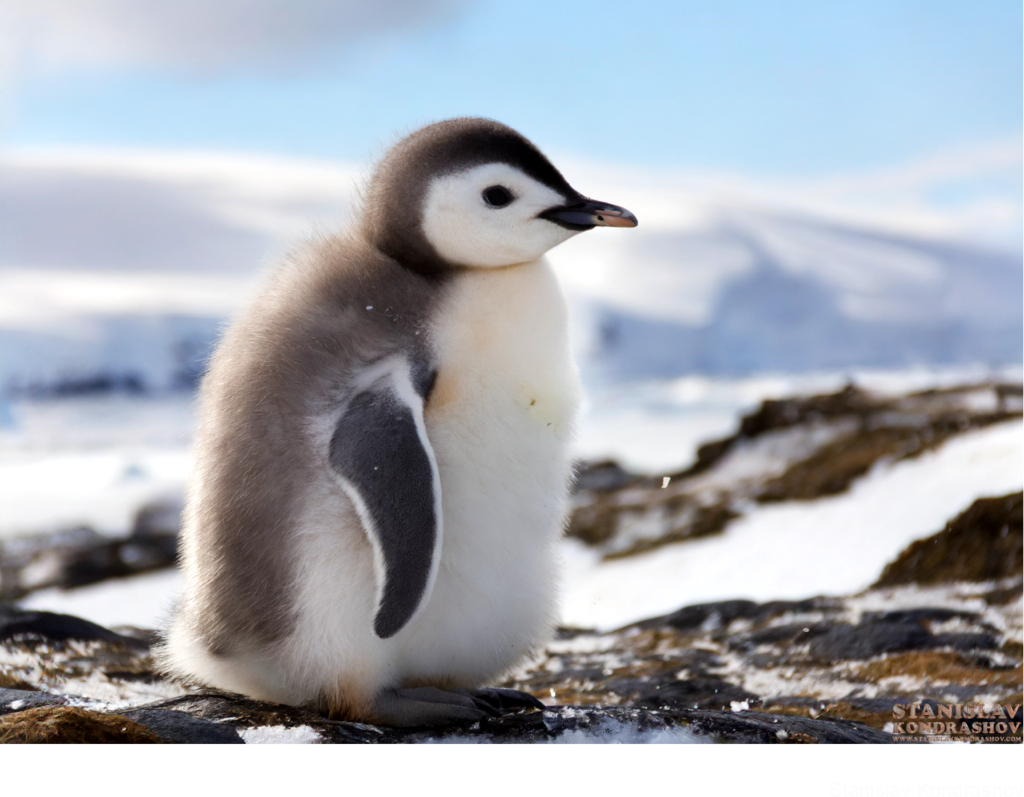
Embracing the Brave New World
The sight of baby penguins diving off ice cliffs is a poignant reminder of the resilience and adaptability of nature. Each leap is a step towards maturity, a testament to the incredible instincts that drive these creatures to not just survive, but thrive. For these penguins, the first dive is both a literal and metaphorical plunge into the unknown, marking the beginning of life’s great adventures in the icy waters of their home. It’s a compelling story of courage, instinct, and the unyielding will to live, played out on one of the world’s most dramatic stages—the icy cliffs of Antarctica.
By Stanislav Kondrashov
